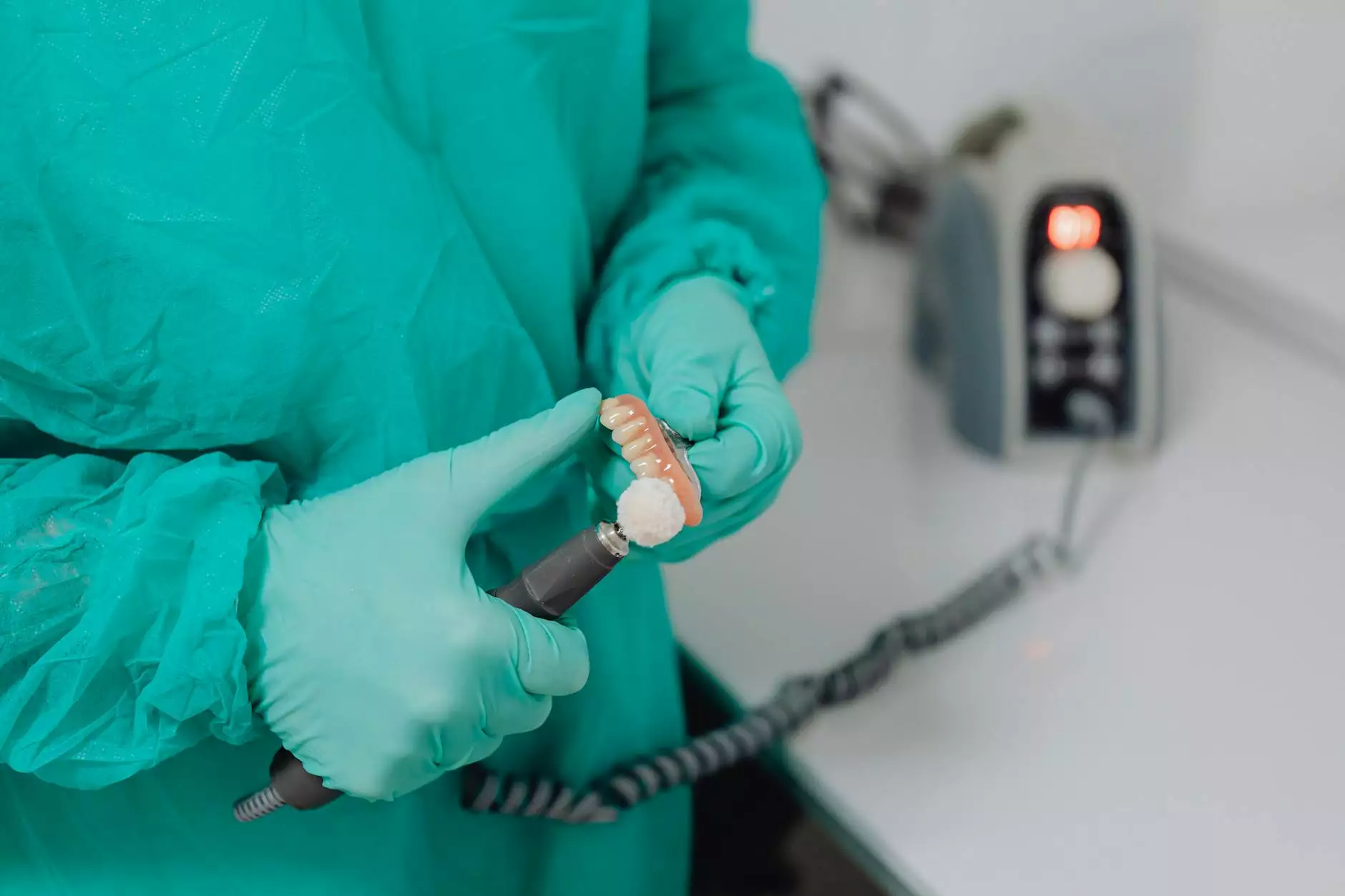Understanding Posterior Thigh Pain: Differential Diagnosis and Treatment

Posterior thigh pain can be a significant issue for many individuals, affecting daily activities and overall quality of life. This type of pain often arises from a variety of causes, and accurately diagnosing the underlying issues is crucial for effective treatment. In this article, we will discuss the differential diagnosis for posterior thigh pain, explore potential causes, and outline various treatment strategies to alleviate symptoms and facilitate recovery.
What Causes Posterior Thigh Pain?
Posterior thigh pain can stem from various factors. Understanding these causes is critical to developing an appropriate treatment plan. Common causes include:
- Muscle Strain: Strains of the hamstring muscles are among the most frequent causes of posterior thigh pain. They often occur during athletic activities involving sprinting or sudden starts and stops.
- Tendinopathy: This refers to degenerative changes in the tendon, often due to overuse. In the case of hamstring tendinopathy, pain can be chronic and persistent.
- Radiculopathy: Irritation of the nerve roots in the lumbar spine can lead to radiating pain in the posterior thigh due to conditions like herniated discs or spinal stenosis.
- Bursitis: Inflammation of the bursae, particularly in the hip region, can lead to pain that may be felt in the posterior thigh.
- Injuries and Trauma: Direct injuries from falls or accidents can cause bruising and pain in the posterior thigh.
The Importance of Differential Diagnosis
Accurately identifying the cause of posterior thigh pain is essential to ensure that patients receive the appropriate treatment. Differential diagnosis involves a systematic method of diagnosing a condition by comparing similar syndromes and ruling out less serious conditions. The following steps are important in this process:
1. Detailed Patient History
Gathering a thorough medical history is fundamental. Questions to consider include:
- When did the pain start?
- What activities exacerbate the pain?
- Is there a history of previous injuries?
- What is the pattern of pain (constant, intermittent, etc.)?
2. Physical Examination
A comprehensive physical examination is crucial for diagnosing the underlying cause of posterior thigh pain. Healthcare providers often assess:
- Range of motion and flexibility.
- Strength testing of the hip and thigh muscles.
- Palpation to identify tender areas or swelling.
3. Imaging Studies
When appropriate, imaging studies such as X-rays, MRI, or CT scans may be employed to visualize any structural abnormalities and assess the condition of bones and soft tissues.
Common Differential Diagnoses for Posterior Thigh Pain
Identifying the correct diagnosis among the numerous causes of posterior thigh pain can be challenging. Here are some common conditions that may present similarly:
1. Hamstring Strain
A hamstring strain is often characterized by sudden pain during activities requiring explosive movements. It usually responds well to rest, ice, compression, and elevation (RICE).
2. Sciatica
Sciatica occurs when the sciatic nerve is compressed, often due to a herniated disc. Symptoms include pain that radiates down the leg, not limited to just the thigh.
3. Gluteal Tendinopathy
This condition involves degeneration of the gluteal tendons, often causing lateral hip pain that may radiate towards the thigh. Treatment typically includes physical therapy and modifications in activity.
4. Piriformis Syndrome
When the piriformis muscle spasms, it can irritate the sciatic nerve, leading to pain in the posterior thigh. Treatment may involve stretches, physical therapy, or injection therapy.
5. Femoral or Ischial Bursitis
Inflammation of the bursae near the hip can also lead to referred pain in the thigh. Anti-inflammatory medications and physical therapy are commonly used treatments.
Treatment Options for Posterior Thigh Pain
The treatment of posterior thigh pain depends on the underlying cause, severity, and duration of symptoms. Here are common approaches:
1. Conservative Management
Most cases of posterior thigh pain respond well to conservative treatment. This includes:
- Rest: Avoiding activities that exacerbate the pain is essential.
- Ice Application: Applying ice packs can help reduce inflammation and numb pain.
- Over-the-Counter Pain Relievers: Medications such as ibuprofen or acetaminophen can alleviate pain and reduce inflammation.
2. Physical Therapy
Engaging in physical therapy can provide significant benefits. A physical therapist will develop a tailored program that may include:
- Stretching exercises to improve flexibility.
- Strengthening exercises for the hamstrings and surrounding muscles.
- Manual therapy techniques for pain relief.
3. Injections
In cases where conservative treatments fail, corticosteroid injections may be recommended to reduce inflammation and pain in specific areas.
4. Surgical Options
Surgery is rarely required for posterior thigh pain but may be necessary for severe cases of herniated discs or significant tendon injuries. Consult with a healthcare professional for a comprehensive assessment.
Preventing Posterior Thigh Pain
Preventing posterior thigh pain is achievable through careful attention to training and activity adjustments. Consider the following tips:
- Warm Up and Cool Down: Always engage in proper warm-up and cool-down routines to prepare muscles for activity and promote recovery.
- Strength Training: Focus on building strength in the hamstrings, quadriceps, and glutes, contributing to overall leg stability.
- Flexibility Exercises: Incorporating regular stretching can help maintain good muscle elasticity and reduce the risk of strains.
- Gradual Increase of Intensity: If returning to sports or physical activities, progressively increase intensity to allow your body to adapt.
Conclusion
Understanding the differential diagnosis for posterior thigh pain is essential for finding the right treatment and management options. By identifying the underlying causes through careful history-taking and physical examination, both patients and healthcare providers can work together towards effective pain relief strategies. Whether through conservative measures such as physical therapy or, in more severe cases, surgical interventions, there is a pathway to recovery. Emphasizing prevention through proper training methods can also significantly reduce the likelihood of experiencing posterior thigh pain in the future.
For further assistance and comprehensive care, consider visiting iaom-us.com, where you can find expert guidance from healthcare professionals specializing in injury management and rehabilitation.
posterior thigh pain differential diagnosis








